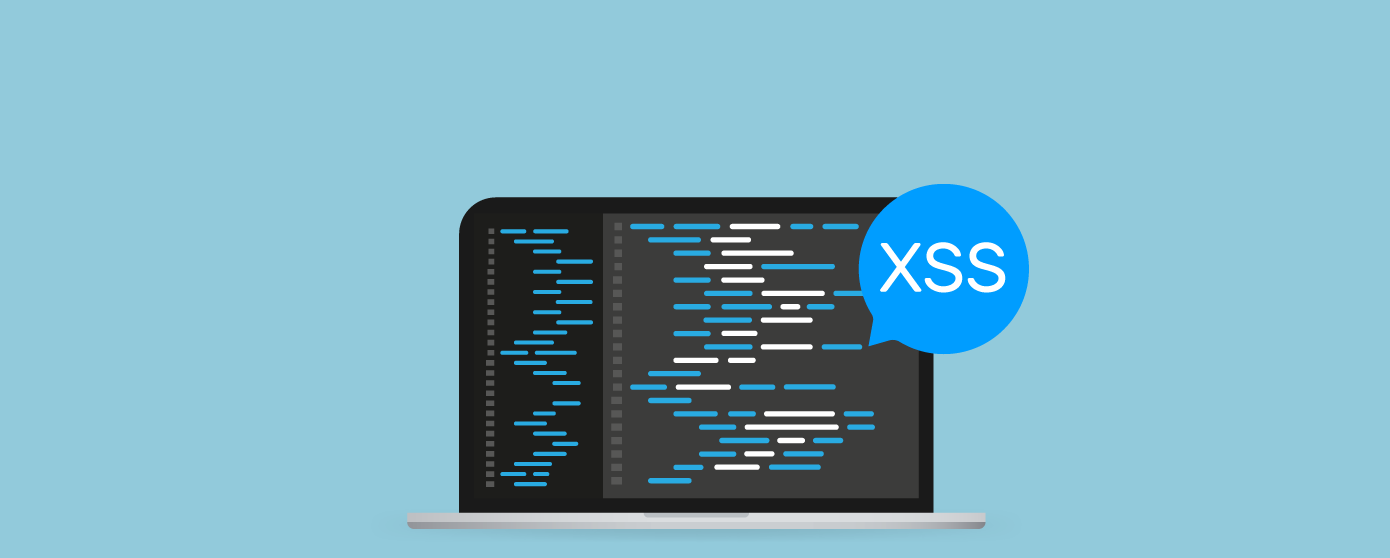
XSS Prevention begins at understanding the vulnerability through examples.
Cross-Site Scripting is one of the most common web application vulnerabilities posing threat to around 65% of all websites globally. A typical attack involves delivering malicious content to users in a bid to steal data or credentials.
Also known as XSS or CSS, Cross-Site Scripting is prevalent largely due to the inherent weaknesses of client-side scripting languages like JavaScript and HTML, making it almost impossible for application developers to get rid of them completely.
While it’s comparatively easier to patch this kind of vulnerability with certain data validation logic and encoding outputs, most website owners do not even know about XSS vulnerability, how it could be harming their end-users.
According to the Open Web Application Security Project
Cross-Site Scripting (XSS) attacks are a type of injection, in which malicious scripts are injected into otherwise benign and trusted websites. XSS attacks occur when an attacker uses a web application to send malicious code, generally in the form of a browser side script, to a different end user. Flaws that allow these attacks to succeed are quite widespread and occur anywhere a web application uses input from a user within the output it generates without validating or encoding it.
In other words, such vulnerability allows a web application to echo malicious inputs that are executed back into the user’s browser. A successful attack leads to stealing information, session hijacking, malware, sensitive information leakage, and display of malicious advertisements.
There are many ways in which attackers can spot, plant, and exploit a vulnerability within web applications. Here are a few of the most common techniques or types.
This kind of attack is initiated by luring users to click on a link that launches a cross-site scripting attack. Often malicious emails are sent from fake addresses and ask users to click on a link for specific information or news. If the user clicks on it, malicious JavaScript content is reflected back to the user once he sends an HTTP request to the server.
Reflective XSS attacks have increased multiple times in recent years with URL shortening services that make fake URLs look benign.
Persistent attacks are much easier to carry but are more dangerous for both users and servers. It’s largely a web application vulnerability when the application fails to sanitize user inputs and stores it in a local database. An attacker can insert JavaScript code to customize sessions so that other users are unaware of the risks.
XMLHttpRequest mechanisms.Before you can start taking steps to stop Cross-Site Scripting attacks on the website, it is critical to understand the problem. What is it that the hackers exploit? What are the common weaknesses that often lead to XSS attacks? Here are some of the examples that will help developers and security experts.
No business can afford to lose the trust of its users by executing commands that actually risk their information. That is exactly why detection, prevention, and remediation are always a pressing issue with vulnerabilities like XSS. Although many companies think of it as a smaller issue, the implications can be huge. The data breach, financial losses, and loss of customer trust are only some of the damages XSS can cause.
A lot of organizations presume that cross-site scripting isn’t exactly a pressing issue. It doesn’t actually put a server or database in grave danger after all. However, they should understand that if users are compromised, sooner or later, the problems will challenge your website security.
Web application developers should fundamentally analyze code for smarter interpretation. The user inputs should be filtered from the malicious chain of commands. Malicious codes are widely injected in the GET or POST parameter. Both reflective and persistent cross-site scripting vulnerabilities can be dealt with validation.
However, validation brings several code changes leading to last-minute whitelisting and blacklisting, which often leads to rejection of real users. In-depth, the on-going analysis is required for precision.
Why should the browser execute inputs as code and not just simple data? Along with validation, filtration and escaping are the XSS prevention best practices. All the inputs including special characters should be ciphered in respective HTML or URL codes. Other than that, you can also look into inbound/outbound handling too.
Just like validation, encoding also brings its share of limitations. Encoded HTML pages can generate simple text pages, while most modern websites require additional functionalities. Similarly, URLs beginning with “javascript:” will be executed by the server irrespective of the preventive measures.
A positive XSS prevention model is incomplete with thorough testing of the input fields at regular intervals. Web application scanning has been the ultimate took for raising red flags efficiently for many years now. However, today there is a need for manual expert intervention to test web applications for logics that a machine can’t.
Manual application assessment through web application scanning can reveal vulnerabilities in detail. Moving forward, if an organization doesn’t have time, resources, or patience to mend found vulnerabilities, a web application firewall can prevent your application from executing malicious inputs, securing you and your users.
Stay tuned for more relevant and interesting security articles. Follow Indusface on Facebook, Twitter, and LinkedIn.
This post was last modified on January 2, 2024 17:21
AWS WAF vs. AppTrana WAF compared: An analysis of features, advantages, and limitations of leading… Read More
Learn how to prevent credential stuffing attacks with strong password policies, account lockout mechanisms, anomoly… Read More
Indusface has once again been recognized as a Gartner® Peer Insights™ Customers' Choice for Cloud… Read More